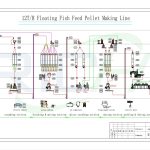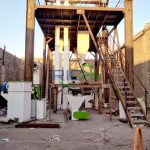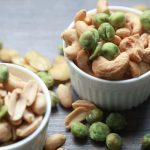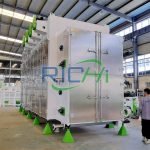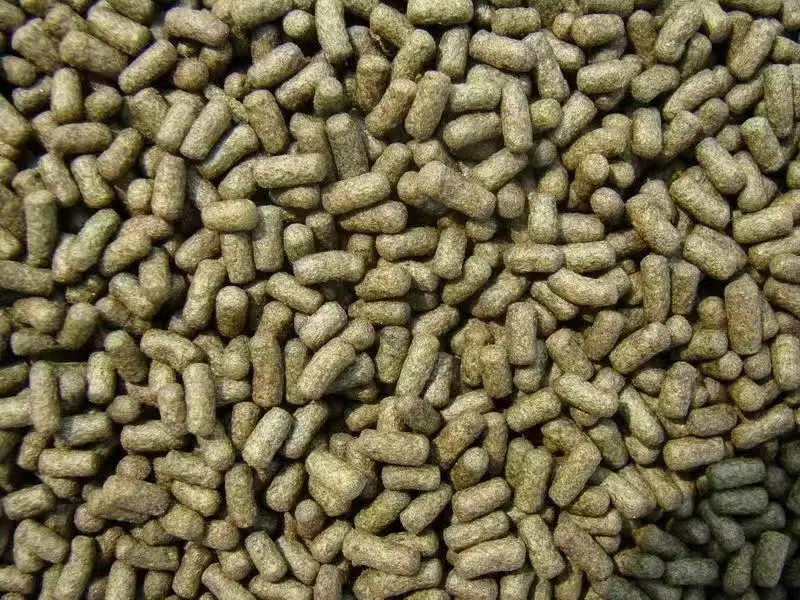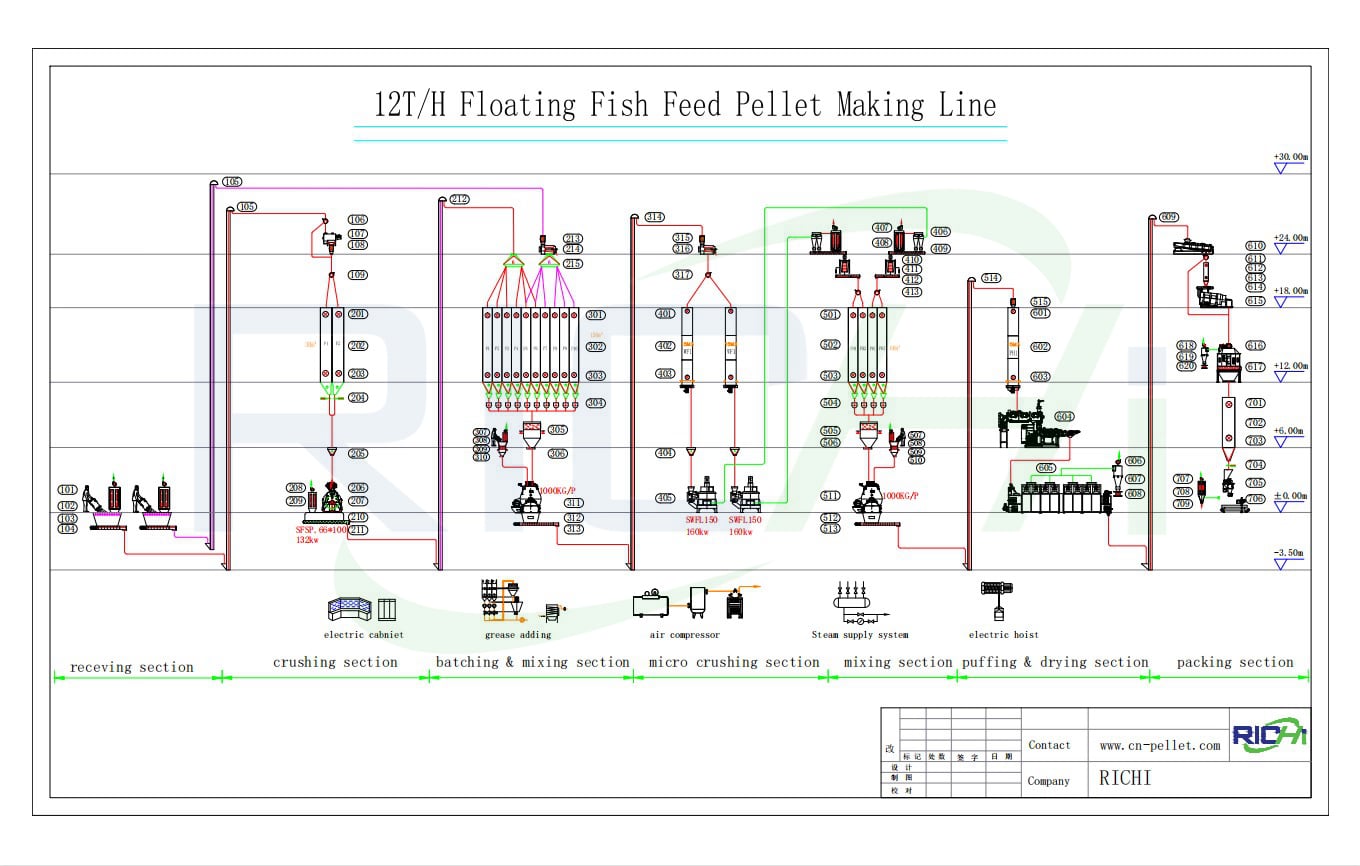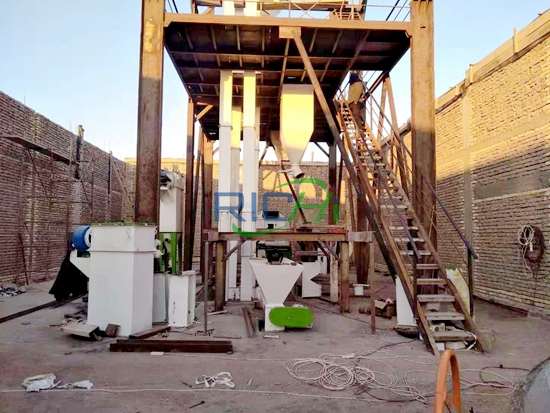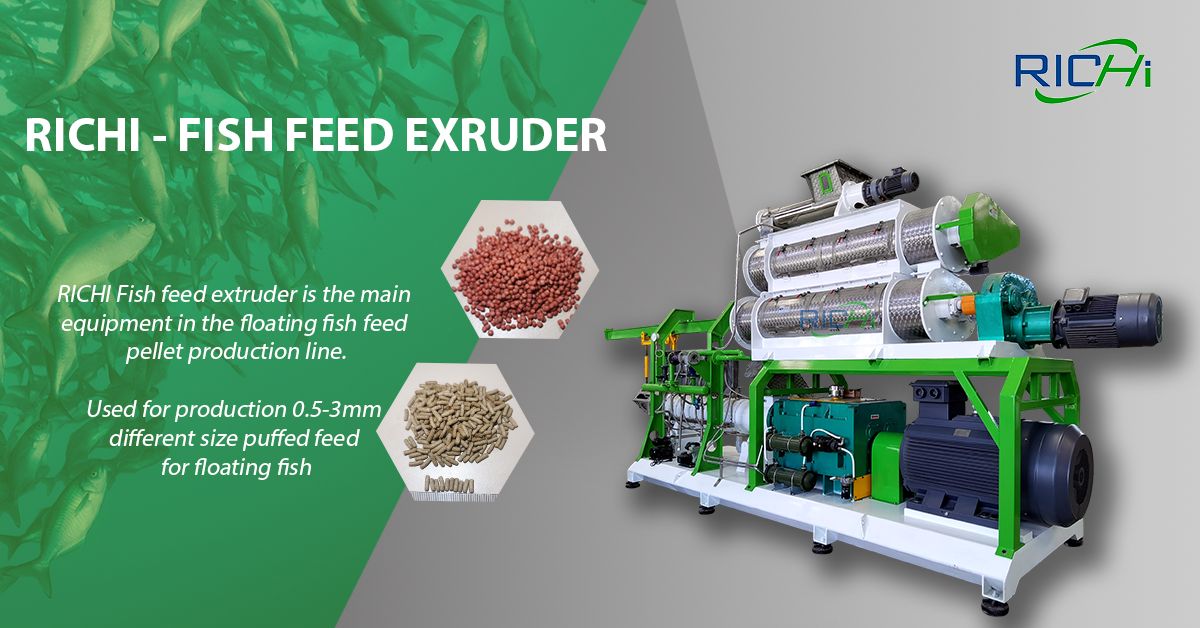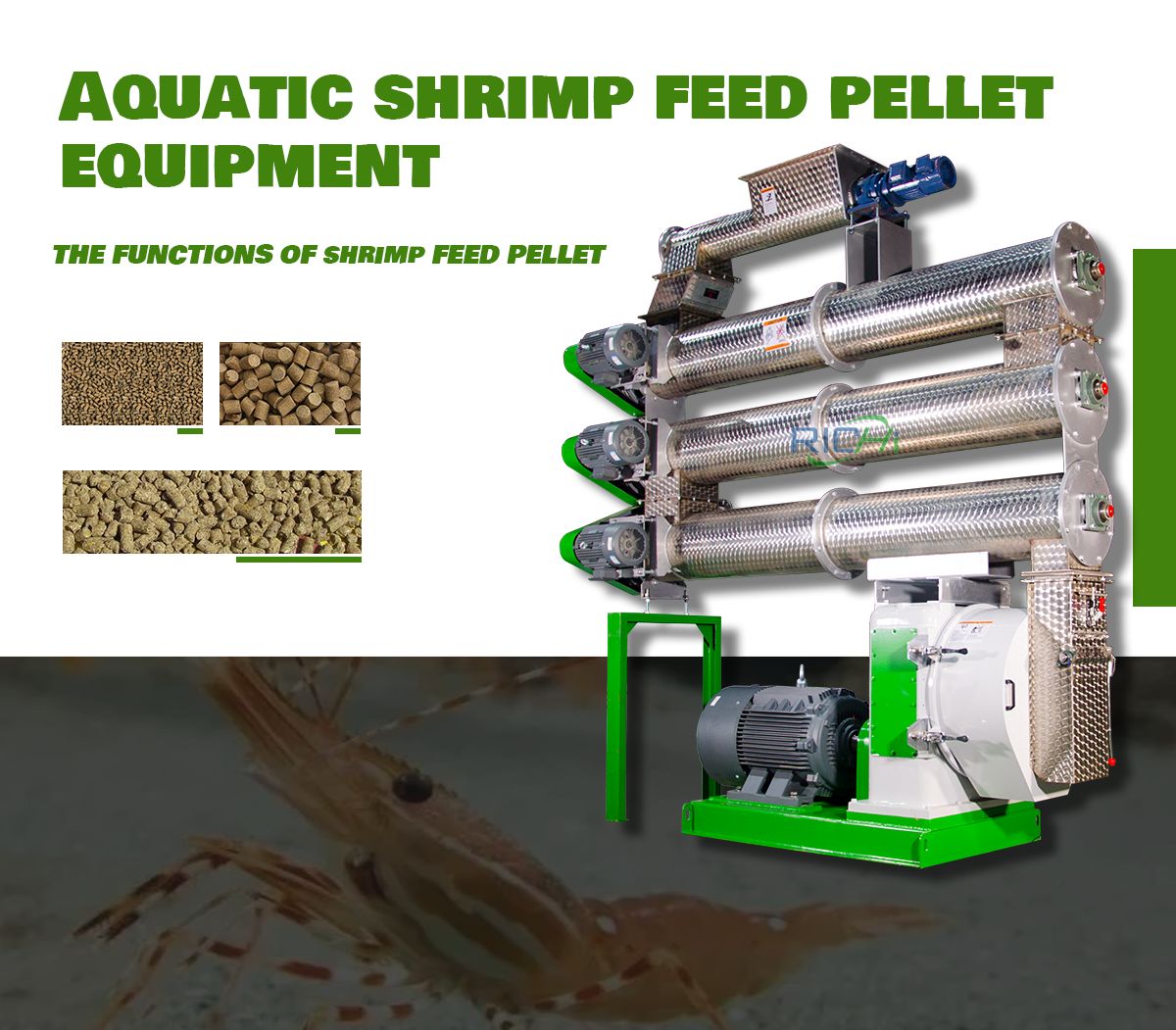The shrimp aquaculture sector has witnessed remarkable growth in recent years, resulting in a heightened demand for high-quality shrimp feed. Shrimp pellet machines play a vital role in contemporary shrimp feed factories, facilitating the efficient production of nutritious and easily digestible feed for various shrimp species. This article delves into the applications of shrimp feed pellet machines in shrimp feed factories, emphasizing their significance, benefits, and influence on the industry.
Significance of Shrimp Feed Pellet Machines
Shrimp feed pellet machines are essential tools in shrimp feed factories for several reasons:
- Efficient Production: These machines can rapidly and consistently produce large quantities of shrimp feed pellets, catering to the needs of commercial shrimp farming operations.
- Nutritional Control: By accurately mixing and processing ingredients, these machines help maintain the nutritional balance necessary for optimal shrimp growth and health.
- Feed Consistency: Pelletizing machines ensure uniform size, shape, and density of feed pellets, which are crucial for effective feeding and digestion in shrimp.
- Customization: Modern machines allow for the production of various pellet sizes to accommodate different shrimp species and developmental stages.
- Cost-Effectiveness: In-house production of shrimp feed using these machines can significantly lower feed costs for aquaculture operations.

Types of Shrimp Feed Pellet Machines
Shrimp feed factories typically utilize two primary types of feed pellet machines:
- Ring Die Pellet Mills:
- Primarily produce sinking pellets
- Suitable for high-volume production of dense pellets
- Generally more energy-efficient
- Extruders:
- Capable of producing slow-sinking and sinking pellets
- Utilize high temperature and pressure for improved starch gelatinization and protein denaturation
- Ideal for creating high-quality, easily digestible feed
Application Process in Shrimp Feed Factories
The application of shrimp feed pellet machines in feed factories generally follows these steps:
- Raw Material Preparation:
- Ingredients are ground to the appropriate particle size.
- Dry ingredients are mixed according to the specific feed formulation.
- Conditioning:
- The mixture is preconditioned with steam to adjust moisture and temperature.
- This step is vital for achieving proper pellet formation and water stability.
- Pelleting or Extrusion:
- In pellet mills, the mixture is compressed through a die to form pellets.
- Extruders cook and shape the mixture into pellets under high temperature and pressure.
- Cutting:
- The pelleted or extruded feed is cut to the desired length.
- Drying:
- Pellets are dried to reduce moisture content and enhance stability.
- Cooling:
- Dried pellets are cooled to ambient temperature.
- Coating (optional):
- Oils, vitamins, or other additives may be applied to the cooled pellets.
- Packaging:
- The finished feed is packaged for storage or distribution.
Benefits of Utilizing Shrimp Feed Pellet Machines
The incorporation of these machines in shrimp feed factories offers a multitude of advantages:
- Improved Feed Quality:
- Enhanced control over ingredient mixing and processing leads to superior feed quality.
- Increased digestibility due to starch gelatinization and protein denaturation in extruded feeds.
- Increased Productivity:
- High-capacity machines can produce significant volumes of feed to meet rising demand.
- Automated processes decrease labor requirements and boost efficiency.
- Production Flexibility:
- Ability to manufacture different pellet sizes for various shrimp life stages.
- Easy adjustments to formulations to meet specific nutritional needs.
- Better Feed Management:
- Uniform pellet size and density allow for more accurate feeding and reduced waste.
- Improved water stability of pellets minimizes nutrient leaching and water pollution.
- Cost Reduction:
- In-house production lessens reliance on costly commercial feeds.
- Bulk ingredient purchasing and efficient processing lower overall feed expenses.
- Quality Control:
- Direct oversight of the production process ensures consistent feed quality.
- Rapid formulation adjustments can be made in response to shrimp performance or market changes.
- Environmental Benefits:
- Enhanced feed conversion ratios reduce waste and environmental impact.
- Improved water stability of pellets decreases water pollution in shrimp ponds.
Challenges and Considerations
While shrimp feed pellet machines provide numerous benefits, feed factories must also consider several challenges:
- Initial Investment:
- High-quality machines require a significant upfront investment.
- Technical Expertise:
- Proper operation and maintenance of these machines demand skilled personnel.
- Energy Consumption:
- Some machines, especially extruders, can be energy-intensive.
- Formulation Complexity:
- Developing optimal feed formulations for various shrimp species and life stages can be challenging.
- Raw Material Quality:
- Consistent quality of raw materials is critical for producing high-quality feed.
Technological Advancements
Recent developments in shrimp feed pellet machine technology have further enhanced their capabilities:
- Improved Moisture Control:
- Advanced shrimp feed pellet machines can manage high moisture feed mash, ensuring better pellet quality and water stability.
- Energy Efficiency:
- New-generation systems incorporate energy-saving features, such as reusing cooler exhaust air in the dryer.
- Enhanced Conditioning:
- Advanced conditioning systems, including multi-layer conditioners, improve feed quality and pellet durability.
- Precision Control:
- Modern machines offer precise control over processing parameters, facilitating consistent production of high-quality feed. (Related post:fish feed pellet mill)
Future Trends
The use of shrimp feed pellet machines in feed factories is expected to witness several advancements:
- Increased Automation:
- Integration of AI and IoT technologies for more efficient and precise production.
- Sustainability Focus:
- Development of machines capable of processing alternative protein sources and sustainable ingredients.
- Energy Efficiency:
- Ongoing innovations in machine design aimed at reducing energy consumption and enhancing sustainability.
- Precision Nutrition:
- Advanced systems for real-time adjustments of feed formulations based on shrimp performance data.
Conclusion
Shrimp feed pellet machines have become indispensable in modern shrimp feed factories. Their application has transformed the production of shrimp feed, allowing the aquaculture industry to efficiently and cost-effectively meet the rising demand for high-quality, nutritious feed. As technology continues to advance, these machines will play an even more crucial role in supporting sustainable shrimp farming practices and fulfilling the nutritional needs of farmed shrimp species.
Successful implementation of shrimp feed pellet machines in feed factories requires a combination of quality equipment, expert knowledge in feed formulation, and efficient production processes. As the shrimp farming industry continues to evolve, the significance of these machines in producing specialized, high-performance feeds will grow, driving innovation in both machine design and feed technology.


